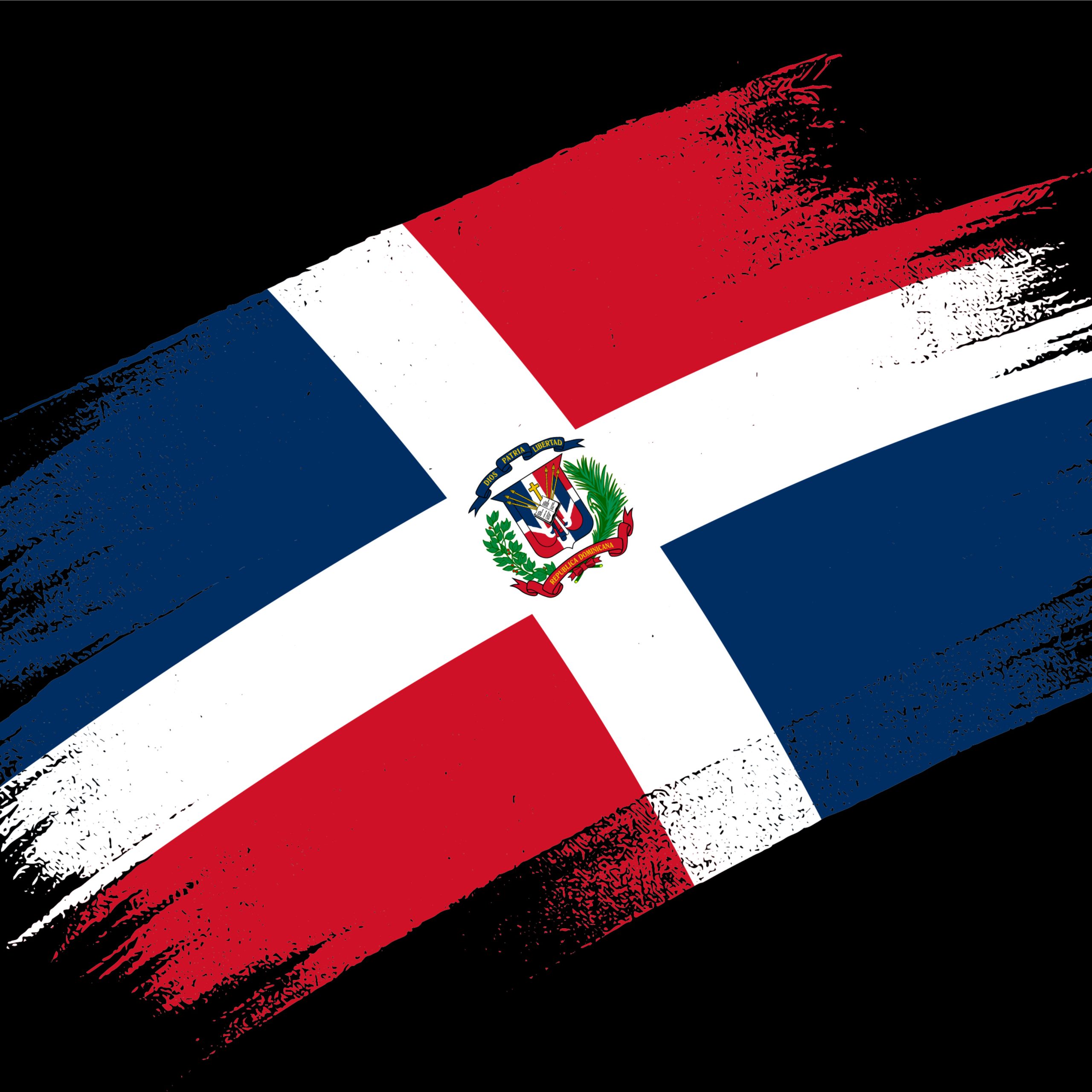The Dominican Republic is a country located on the island of Hispaniola in the Caribbean Sea. It is the second-largest country in the Caribbean by area, with a population of over 10 million people. The capital of the Dominican Republic is Santo Domingo, which is the oldest continuously inhabited European city in the Americas.
The Dominican Republic has a rich and diverse history that dates back to the arrival of the Taíno people, who were the original inhabitants of the island. The Taíno were a peaceful people who lived in harmony with nature. However, their way of life was forever changed with the arrival of Christopher Columbus in 1492.
Columbus and his crew were the first Europeans to set foot on Hispaniola. They quickly enslaved the Taíno and forced them to work in the gold mines. The Taíno population was decimated by disease and overwork, and within a few decades, they had virtually disappeared.
History

The history of the Dominican Republic is a long and complex one. The island of Hispaniola was first inhabited by the Taíno people, who were a peaceful and agricultural people. The Taíno were decimated by disease and overwork after the arrival of Christopher Columbus in 1492.
The Spanish ruled the Dominican Republic for over 400 years. During this time, they brought their language, religion, and culture to the island. The Spanish also imported African slaves to work on the sugar plantations.
The Dominican Republic gained its independence from Spain in 1844. However, the country’s early years as an independent nation were marked by political instability and economic hardship.
In the early 20th century, the Dominican Republic was ruled by a series of dictators, including Rafael Trujillo, who ruled from 1930 to 1961. Trujillo was a brutal dictator who was responsible for the deaths of thousands of Dominicans.
After Trujillo’s assassination in 1961, the Dominican Republic experienced a period of democratic rule. However, this period was short-lived, and in 1965, the country erupted into civil war.
Culture
The culture of the Dominican Republic is a rich and diverse one. It is a blend of Taíno, Spanish, and African influences.
The Taíno people were the original inhabitants of Hispaniola. They were a peaceful and agricultural people. The Taíno were decimated by disease and overwork after the arrival of Christopher Columbus in 1492.
The Spanish ruled the Dominican Republic for over 400 years. During this time, they brought their language, religion, and culture to the island. The Spanish also imported African slaves to work on the sugar plantations.
The African slaves brought their own culture to the Dominican Republic. They influenced Dominican music, dance, and food.
The Dominican Republic is a vibrant and multicultural country. Its people are known for their warm hospitality, love of music, and zest for life.
Music
Music is an important part of Dominican culture. The country has a rich musical tradition that dates back to the Taíno people. The Taíno were a musical people who played drums, flutes, and other instruments.
The Spanish and African influences are also evident in Dominican music. The Spanish brought their guitars and violins to the island, while the Africans brought their drums and rhythms.
Dominican music is a blend of these different influences. It is characterized by its catchy melodies, lively rhythms, and infectious energy.
Some of the most popular genres of Dominican music include merengue, bachata, and salsa.
Merengue is a fast-paced and upbeat genre that is known for its catchy melodies and lively rhythms. Merengue is often played at weddings and other celebrations.
Bachata is a slower and more romantic genre that is characterized by its soulful vocals and melancholic lyrics. Bachata is often played in bars and clubs.
Salsa is a genre that originated in Cuba and Puerto Rico. It is a mix of Cuban son, Puerto Rican bomba, and Dominican merengue. Salsa is a popular genre for dancing and is often played at nightclubs and parties.
Food
Dominican food is a delicious and diverse blend of Taíno, Spanish, and African influences. Some of the most popular Dominican dishes include:
La Bandera Dominicana: This is the national dish of the Dominican Republic and consists of white rice, red beans, stewed meat, and fried plantains.
Sancocho: This is a hearty stew that is made with meat, vegetables, and yucca.
Mangu: This is a mashed dish made from green plantains.
Pica Pollo: This is a fried chicken dish that is often served with rice and beans.
Empanadas: These are fried or baked turnovers that are filled with meat, cheese, or vegetables.
Art
Dominican art is a vibrant and diverse reflection of the country’s history and culture. The Taíno, Spanish, and African influences are all evident in Dominican art.
Some of the most famous Dominican artists include:
Fernando Botero: Botero is a world-renowned painter and sculptor who is known for his large-scale, voluptuous figures.
Cándido Bidó: Bidó was a self-taught painter who is known for his naive style and his use of bright colors.
Domingo Liz: Liz is a painter and sculptor who is known for his abstract and geometric works.
Literature
Dominican literature is a rich and diverse tradition that dates back to the colonial period. The first book published in the Americas was written by a Dominican, Fray Ramón Pané.
Some of the most famous Dominican writers include:
Juan Bosch: Bosch was a novelist, short story writer, and essayist who is considered to be one of the most important figures in Dominican literature.
Pedro Henríquez Ureña: Ureña was a poet, essayist, and literary critic who is considered to be one of the most important figures in Latin American literature.
Julia Alvarez: Alvarez is a novelist, poet, and essayist who is known for her works about the Dominican experience.
The Dominican Republic is a country with a rich and diverse history and culture. The Taíno, Spanish, and African influences are all evident in Dominican culture. The Dominican people are known for their warm hospitality, love of music, and zest for life.



0 Comment